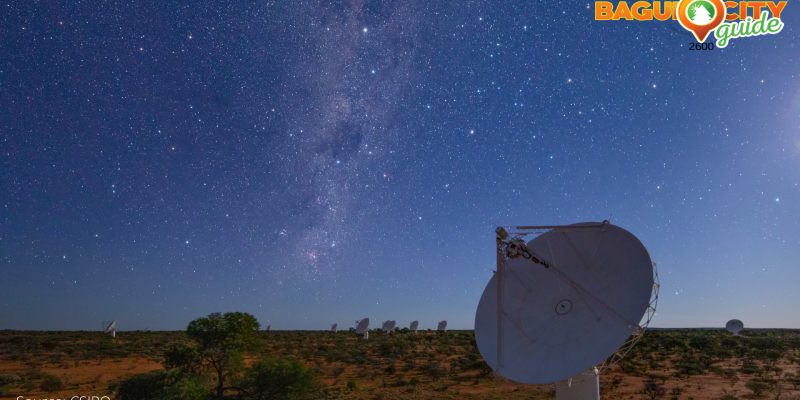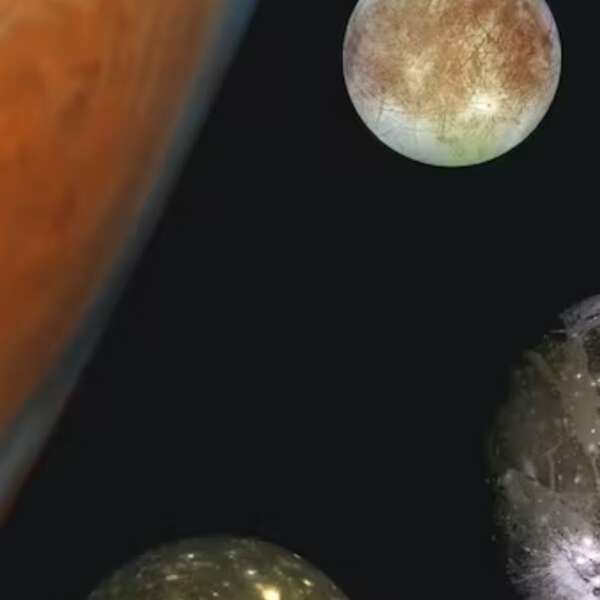Astronomers Maps About 1 Million Never Before Seen Galaxies
Australia’s national science agency, CSIRO, has mapped approximately three million galaxies in just three hundred (300) hours using the Australian Square Kilometre Array Pathfinder (ASKAP) radio telescope. ASKAP’s key feature includes its wide field of view which enables it takes detailed panoramic pictures of the sky.
According to CSIRO, about a million star-like points on the map are distant galaxies that we have never seen before. “ASKAP is applying the very latest in science and technology to age-old questions about the mysteries of the Universe and equipping astronomers around the world with new breakthroughs to solve their challenges,” said CSIRO Chief Executive Dr. Larry Marshall.
The Rapid ASKAP Continuum Survey (RACS) is like a Google map of the Universe. Eighty-three percent (83%) of the entire sky have been observed via ASKAP and to be able to form the full map of the sky, the RACS team has combined 903 images.
Thus, according to Minister for Industry, Science and Technology, Karen Andrews, it proves that they are ready to make a giant leap forward in the field of radio astronomy.
The initial results of the survey were published in the Publications of the Astronomical Society of Australia on November 30, 2020 and are called “The Rapid ASKAP Continuum Survey I: Design and first results.” Lead author and CSIRO astronomer Dr. David McConnell revealed that they expect to find tens of millions of new galaxies in future surveys.
“This census of the Universe will be used by astronomers around the world to explore the unknown and study everything from star formation to how galaxies and their super-massive black holes evolve and interact.”
– Dr. David McConnell, lead author and CSIRO astronomer
For More News and Updates
Are looking for more news and updates like this one, feel free to explore our Baguio City Guide website and our official Baguio City Guide Facebook page
Source: Science Alert, CSIRO, CSIRO Virtual Tour, Publications of the Astronomical Society of Australia














